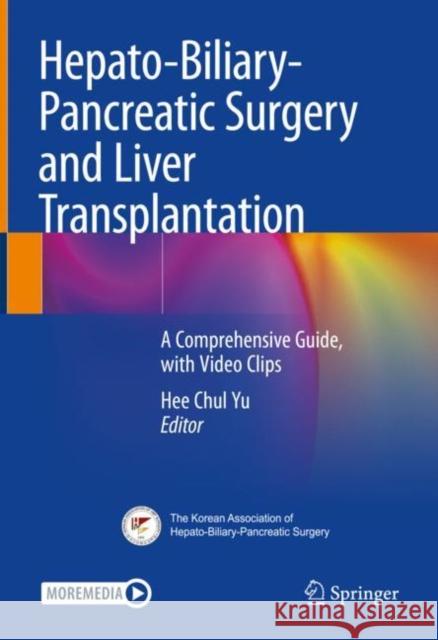Hepato-Biliary-Pancreatic Surgery and Liver Transplantation: A Comprehensive Guide, with Video Clips » książka
topmenu
Hepato-Biliary-Pancreatic Surgery and Liver Transplantation: A Comprehensive Guide, with Video Clips
ISBN-13: 9789811619953 / Angielski / Twarda / 2023
Hepato-Biliary-Pancreatic Surgery and Liver Transplantation: A Comprehensive Guide, with Video Clips
ISBN-13: 9789811619953 / Angielski / Twarda / 2023
cena 603,81
(netto: 575,06 VAT: 5%)
Najniższa cena z 30 dni: 578,30
(netto: 575,06 VAT: 5%)
Najniższa cena z 30 dni: 578,30
Termin realizacji zamówienia:
ok. 22 dni roboczych
Dostawa w 2026 r.
ok. 22 dni roboczych
Dostawa w 2026 r.
Darmowa dostawa!
Kategorie BISAC:
Wydawca:
Springer
Język:
Angielski
ISBN-13:
9789811619953
Rok wydania:
2023
Wydanie:
2022
Oprawa:
Twarda
Wolumenów:
01
Dodatkowe informacje:
Wydanie ilustrowane











